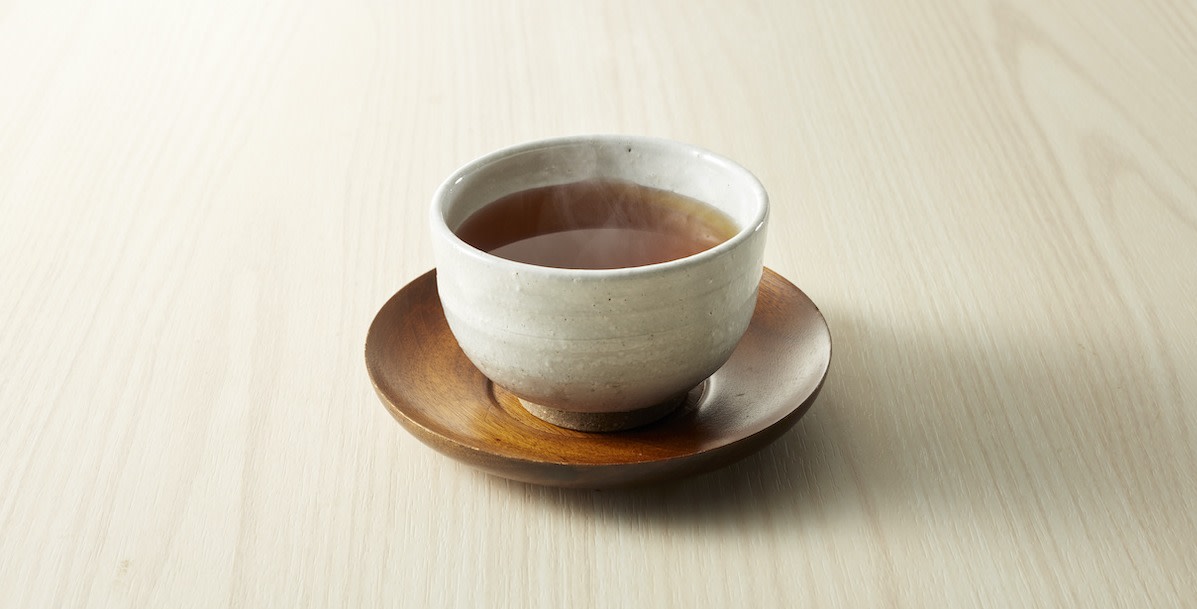How to Brew Hojicha: Difference Between Hojicha and Matcha
Written by MasterClass
Last updated: Jun 7, 2021 • 2 min read
First popularized in 1920s Kyoto, fragrant roasted green tea, or hojicha, is a great tea for any time of day.
Learn From the Best
What Is Hojicha?
Hojicha is a roasted Japanese green tea with a reddish-brown hue. Hojicha, a Japanese term for “roasted” (hōji) “tea” (cha), is typically made with bancha (also known as “common tea” in Japan, made from the last harvest of the season), but can also be made from sencha, gyokuro, and kukicha. Tea producers steam and dry the leaves, then slow roast them at high temperatures over charcoal in a porcelain bowl. This roasting process lowers the overall caffeine level in the tea, making it a popular drink option for later in the day.
Hojicha is also available in powdered form, which is often used to flavor ice cream or confections.
What Does Hojicha Taste Like?
Hojicha has a mellow, nutty flavor similar to the toasty flavor of a genmaicha blend—which achieves its nuttiness with roasted, puffed rice—and the lightly sweet, caramel undertones of oolong.
Hojicha has a less pronounced bitterness than other types of green tea because of the loss of catechins (a group of naturally occurring flavonoids in tea plants that intensify flavors) during the high-temperature roasting process.
What Is the Difference Between Hojicha and Matcha?
While both hojicha and matcha are steamed after harvesting to prevent oxidation and fermentation and then immediately dried, there are a few key differences between the two types of tea:
- Color: Hojicha is identifiable by its reddish-brown hue, while matcha is known for its vibrant green color when whisked with warm water.
- Content: Matcha is a green tea powder made from shade-grown flat tencha green tea leaves that are steamed, dried, and stone-ground into a fine, bright-green powder. Conversely, hojicha is made from green tea leaves and stems, usually from rolled bancha, sencha, or kukicha, roasted over charcoal in a porcelain bowl.
- Flavor: Matcha has a predominantly vegetal flavor, with potent, seaweed-like umami, while hojicha has a mellow nutty taste with sweet undertones of oolong.
How to Brew Hojicha
To brew hojicha, place 1 ½ teaspoons of loose-leaf tea into a small teaspoon, and add 1 cup of water, heated just until boiling, at around 200°F. Let it steep for 30 seconds, then pour over a strainer into a teacup and enjoy.
Want to Learn More About Cooking?
Become a better chef with the MasterClass Annual Membership. Gain access to exclusive video lessons taught by the world’s best, including Niki Nakayama, Gabriela Cámara, Chef Thomas Keller, Yotam Ottolenghi, Dominique Ansel, Gordon Ramsay, Alice Waters, and more.
